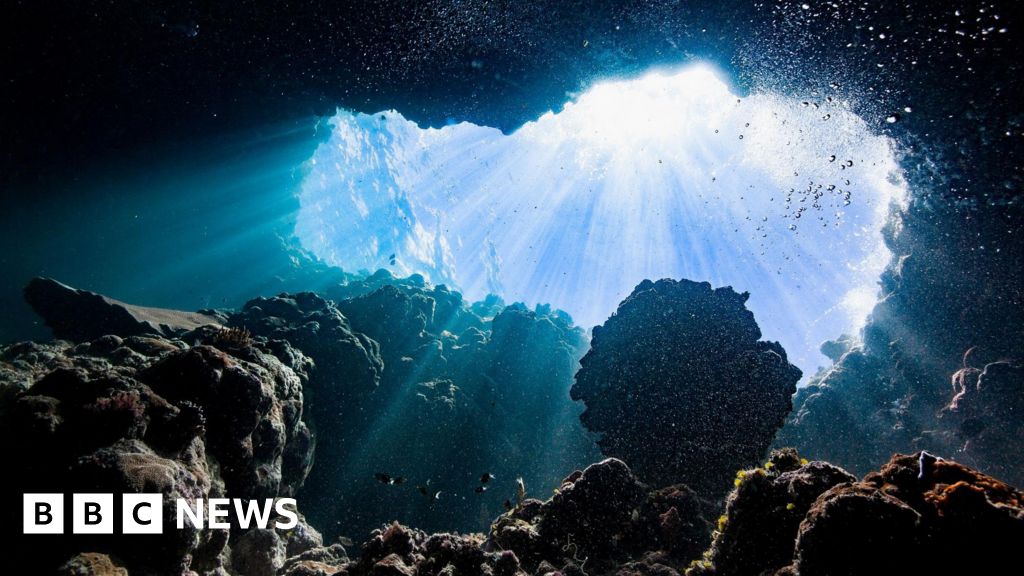- cross-posted to:
- [email protected]
- cross-posted to:
- [email protected]
Scientists have discovered “dark oxygen” being produced in the deep ocean, apparently by lumps of metal on the seafloor.
About half the oxygen we breathe comes from the ocean. But, before this discovery, it was understood that it was made by marine plants photosynthesising - something that requires sunlight.
Here, at depths of 5km, where no sunlight can penetrate, the oxygen appears to be produced by naturally occurring metallic “nodules” which split seawater - H2O - into hydrogen and oxygen.
Several mining companies have plans to collect these nodules, which marine scientists fear could disrupt the newly discovered process - and damage any marine life that depends on the oxygen they make.



We can, it’s just electrolysis. All you need is electricity, and these nodules are simply batteries.
We’re not short of oxygen up here though, so it’s not terribly useful. We could get hydrogen that way, which would be greener than the way we get it at industrial scale now, but it would be way more expensive
How do you know that before further studies can verify how much the nodules are contributing to the earth’s oxygen levels?
I know that for two reasons: first, we already know that oxygen concentration in the deep ocean is generally pretty low compared to the surface, and second we can already account for the general composition of our atmosphere. There just isn’t a big chunk of mystery oxygen who’s source we can’t identify.
While it’s not impossible that we’re mistaken and a bunch of it is coming from somewhere other than where we expect, it’s sufficiently unlikely that I’m comfortable making such statements I told and unless presented with evidence to the contrary.
The question posed was not what the impact would be if this source of oxygen were mined, and thus no longer contributing oxygen. The question was whether or not we could replicate this on the surface as a source of oxygen.
The answer is that it simply is not necessary. We have plenty of oxygen, what we need are means to sink CO2, which electrolysis does not do.
Electrolysis I get. These never ending ‘batteries’ though ???
They should last indefinitely so long as the process of accretion which created these nodules keeps going. A battery becomes drained when the chemical interaction between the two metals uses up all the available metal, which happens quite fast in our modern batteries because we’ve designed them that way.
We’ve made them powerful and cheap by using relatively small amounts of each metal, spread thin and sandwiched together. The downside is that those things films of metal get used up fast.
These nodules, meanwhile, are lumps of metal. They won’t produce lots of power all at once, but they can generate small amounts for ages, and so long as they grow faster than the metal gets used up (it doesn’t actually go anywhere, it just changes chemically) they’ll keep going